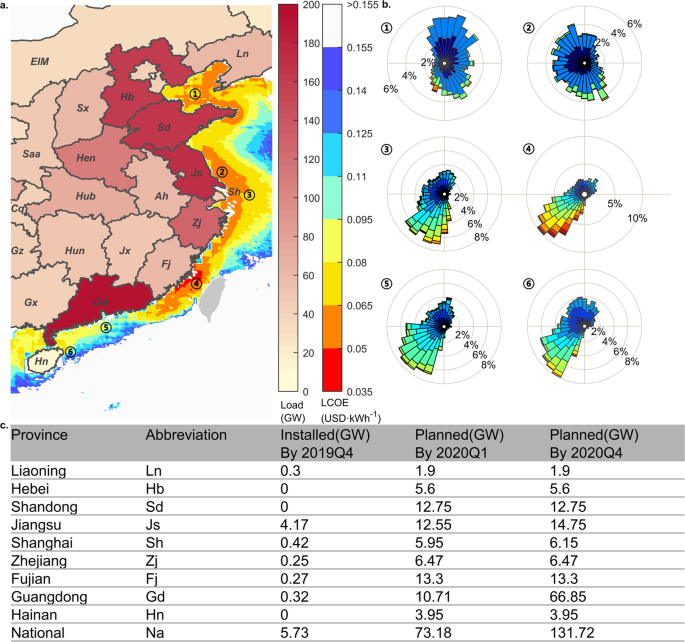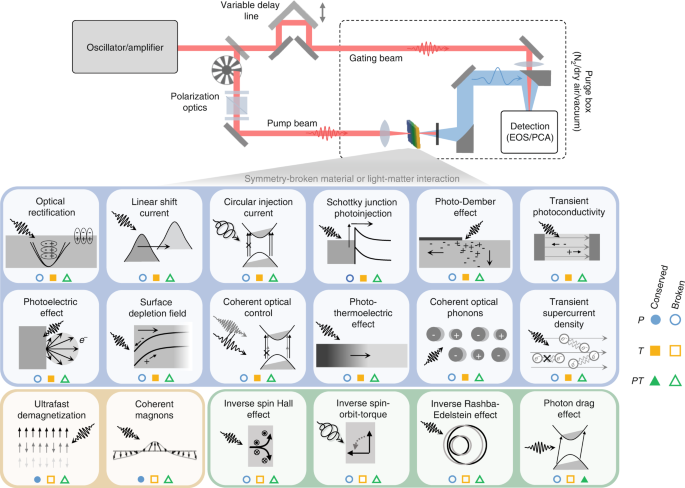2023-06-06 ハーバード大学
◆ハーバード大学の研究チームによる最新の研究では、中国の省ごとの再生可能エネルギーのグリッド統合の機会や洋上風力発電への投資計画について分析されています。洋上風力は、最適な再生可能エネルギー源として位置付けられ、中国の風力容量は2030年までに倍増し、2050年までには1500 GWに達する可能性が示唆されています。
<関連情報>
- https://seas.harvard.edu/news/2023/06/integrating-offshore-wind-chinas-power-grid-can-further-carbon-neutrality-goals
- https://www.nature.com/articles/s41467-023-37536-3
中国におけるカーボンニュートラル移行下での洋上風力発電のグリッド統合の実現可能性と投資計画 Grid integration feasibility and investment planning of offshore wind power under carbon-neutral transition in China
Xinyang Guo,Xinyu Chen,Xia Chen,Peter Sherman,Jinyu Wen & Michael McElroy
Nature Communications Published:28 April 2023
DOI:https://doi.org/10.1038/s41467-023-37536-3

Abstract
Offshore wind power, with accelerated declining levelized costs, is emerging as a critical building-block to fully decarbonize the world’s largest CO2 emitter, China. However, system integration barriers as well as system balancing costs have not been quantified yet. Here we develop a bottom-up model to test the grid accommodation capabilities and design the optimal investment plans for offshore wind power considering resource distributions, hourly power system simulations, and transmission/storage/hydrogen investments. Results indicate that grid integration barriers exist currently at the provincial level. For 2030, optimized offshore wind investment levels should be doubled compared with current government plans, and provincial allocations should be significantly improved considering both resource quality and grid conditions. For 2050, offshore wind capacity in China could reach as high as 1500 GW, prompting a paradigm shift in national transmission structure, favoring long-term storage in the energy portfolio, enabling green hydrogen production in coastal demand centers, resulting in the world’s largest wind power market.



